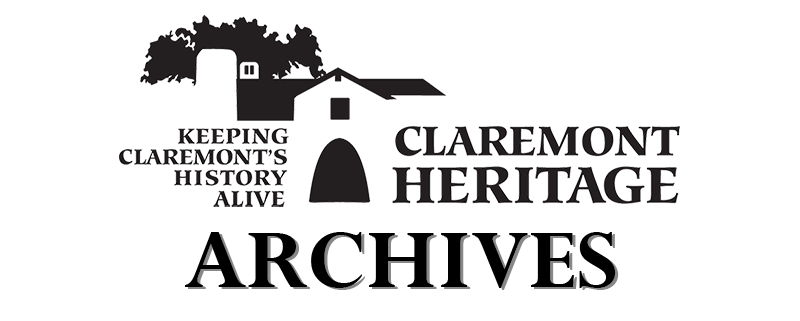From the Archives/A History of Claremont in 100 Objects Special: Christian Missionary Slides

Cooper Crane Archivist, Researcher Claremont Heritage September, 2024 From the Archives/A History of Claremont in 100 Objects Special: Christian Missionary Slides A History of Claremont in 100 Objects is made possible by Claremont Heritage. Support Claremont Heritage today at Claremont Heritage - Keeping Claremont's History Alive and support our mission today. Artifact Description: Collection of glass projection slides dated circa 1880-1930 from the Claremont School of Theology, displaying photography from Missionary work around the world, photography of local places, people, activities, news slides, and depictions of scenes from the bible. Collected in several wooden chests and organized by paper indexes. Introduction: This entry of A History of Claremont in 100 Objects tells two stories. In this article we discuss the history of a collection of methodist missionary slides from the Claremont School of Theology. Embedded in these slides are the narratives that mission


